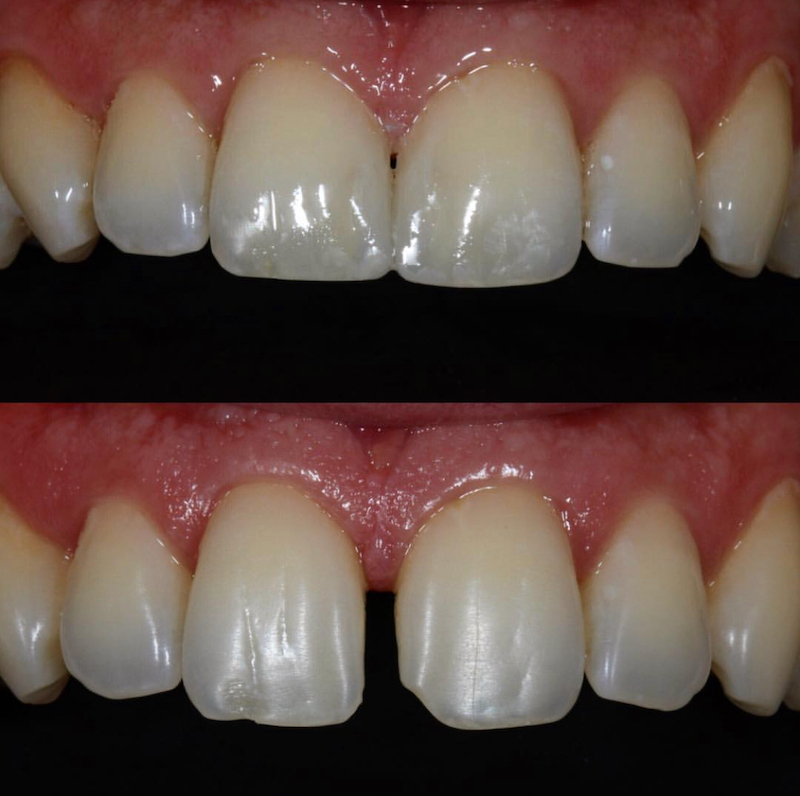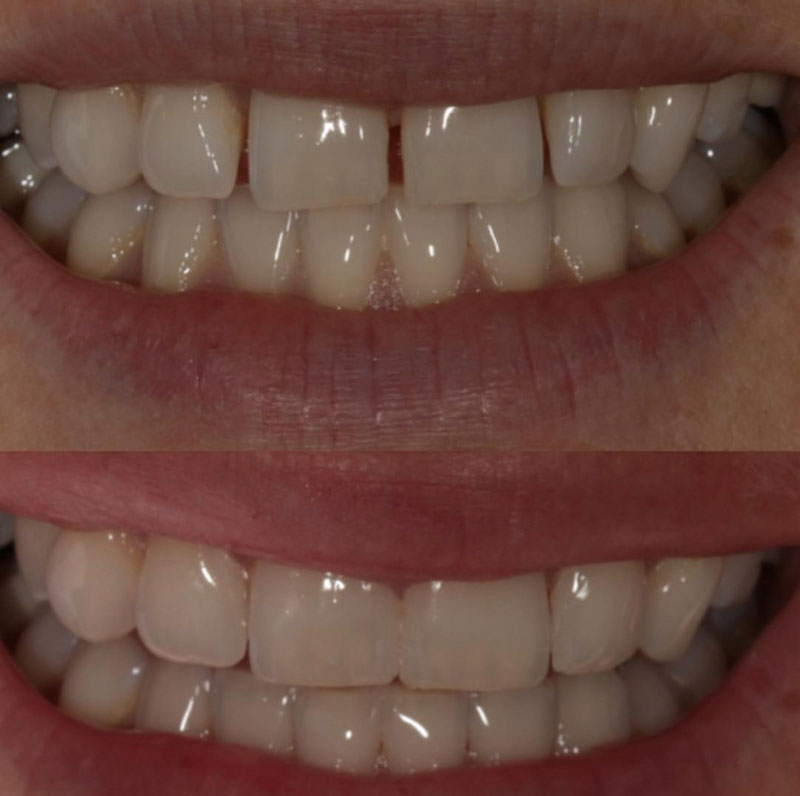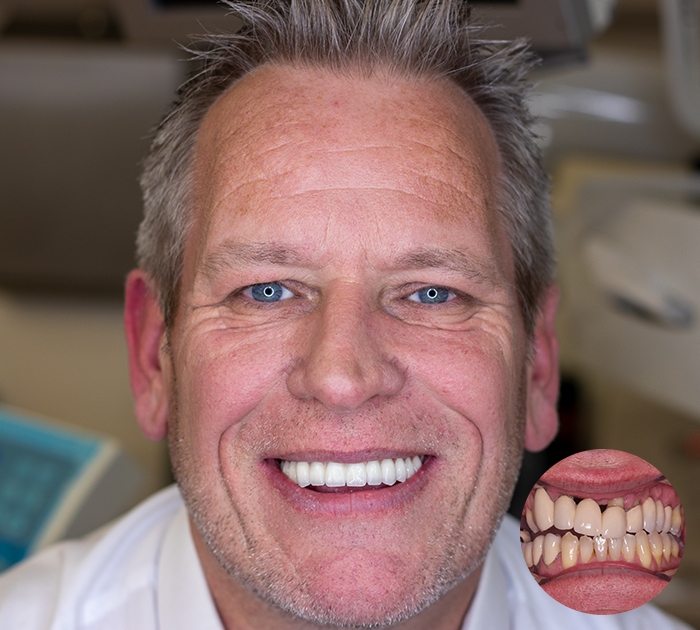
Composite Veneer Freehand £250 per tooth
What it is?
Composite bonding is a cosmetic dental procedure where a tooth-colored resin is applied to your teeth to correct imperfections such as chips, cracks, gaps, or discoloration.
Procedure:

The dentist selects a resin shade that matches your natural teeth.

The tooth surface is prepared, and the resin is applied, shaped, and hardened using a special light.

The bonded area is then polished to blend seamlessly with your surrounding teeth.
Pros:
- Quick and Convenient: Often completed in a single visit.
- Minimally Invasive: Requires little to no removal of tooth enamel.
- Cost-Effective: Generally more affordable than other cosmetic options.
- Natural Appearance: The resin is matched to your tooth color for a seamless look.
Cons:
- Durability: Less durable than other options; may chip or stain over time.
- Longevity: Typically lasts between 2 to 3 years before needing touch-ups or replacement.


Book Now
If you book your appointment online during working hours, we will contact you within two hours to confirm the date and time of your visit.
3D-Printed Sprint Ray Veneers from £500 per tooth or 10 teeth with Smile Design for £4950.
What it is?
Sprint Ray veneers are ultra-thin shells created using advanced 3D printing technology. They are designed to cover the front surface of teeth, enhancing their appearance.
Free consultation, hygiene treatment and x-rays included
Procedure:

A digital scan of your teeth is taken

- The veneers are designed using specialized software.

- They are then printed using a 3D printer with ceramic-dominant materials.

After printing, the veneers are finished and bonded to your teeth.
Pros:
- Precision Fit: Digital design ensures a custom fit.
- Aesthetic Appeal: High-quality materials provide a natural look.
- Efficiency: The process can be streamlined for quicker turnaround times.
Cons:
- Cost: Generally more expensive than composite bonding
- Invasiveness: May require more tooth preparation compared to bonding.
- Availability: Requires specialized equipment and expertise, which may not be
available in all dental practices.
Comparison Overview
Feature |
Composite Bonding | 3D-Printed SprintRay Veneers |
|---|---|---|
| Procedure Time | Single visit | Multiple steps; may be quicker with in-house printing |
| Durability | 2–3 years | Potentially longer-lasting – 4 -8 years |
| Aesthetics | Good | Excellent |
| Cost | Lower | Higher |
| Tooth Preparation | Minimal | Same |
| Customization | Manual shaping | Digital design for precise fit preview |
1
2
3
4
5
Placement
Which One Is Right for You?
Before and After Dental Bonding
Our dentists bring at least 20 years’ experience to our practice, so you know you’ll be in safe hands when you put your trust in Twyford Dental.
Expect a friendly welcome, state-of-the-art equipment – including intra-oral scanners and 3D radiographs – and treatments with minimal downtime.
